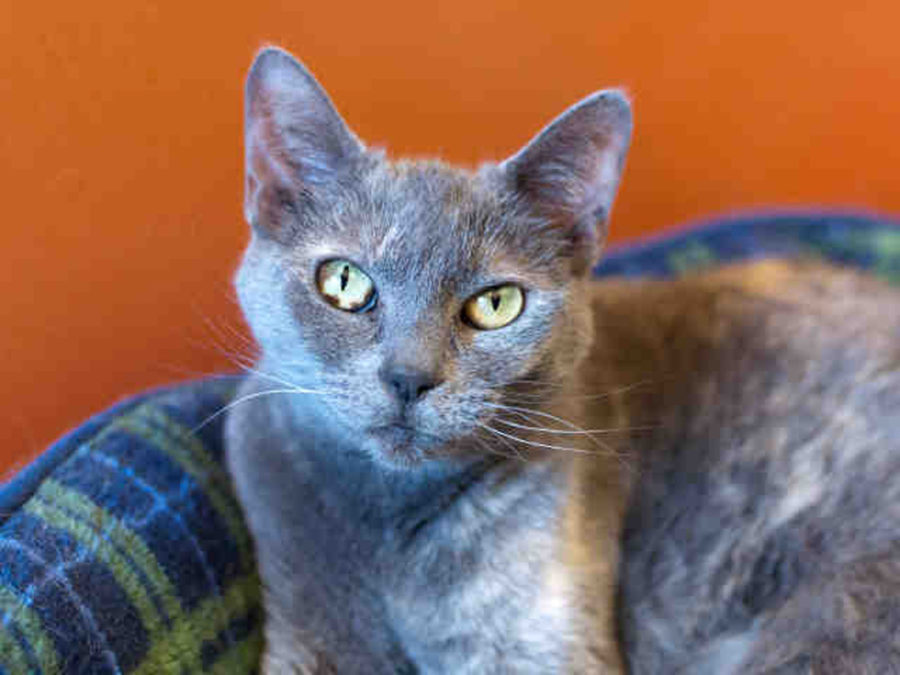After pet-friendly ranking, realities of pets on campus examined
Sep 15, 2015
Last updated on July 25, 2018 at 04:01 p.m.
Students who miss their family pets may have been excited by a recent LendEDU article that ranked the University as one of the most pet-friendly campuses but anyone in a University residence hall should leave Fido at home for now.
Shared on the University’s Facebook page on Sept. 13, the article ranked Illinois third out of the 10 most pet-friendly campuses. It cited the fact that the University offers classes for pet owners but also included one incorrect statement that there is a residence hall that allows pets.
According to Kirsten Ruby, associate director of housing for communication and marketing, no residence halls are pet-friendly. There is just one student housing apartment building that allows pets: Ashton Woods at 2221 S. First St. in Champaign.
But for students outside of the dorms, pets are prevalent, as well as the instances of pets being abandoned at college.
Get The Daily Illini in your inbox!
“We frequently see pets left behind at the end of the school year,” Director of Animal Control Stephanie Joos wrote in an email. “Many people leave the pets behind in their empty apartments or houses.”
In this event, animals are held for five days if they do not have identification. If they do have identification, they have a week, during which time animal control tries to contact the owner. If no one claims the animal, and they’re suitable for adoption, they are sent to another group, like the Champaign County Humane Society.
Champaign County Humane Society is a “low-kill” shelter, so animals sent there are only euthanized in the event that they are too sick to be adopted or dangerous to the other animals and staff members, said Jackie Althauser, adoption supervisor at the humane society.
“There’s no time limit for the animals that are here, so there’s never a ticking clock or anything like that,” Althauser said. “What makes it easy to work here is that we’ve had animals stay here for up to a year, and they end up finding their homes, and it’s really lovely. It really warms your heart.”
Since they’re a low-kill shelter, the humane society can experience times when it’s more full. For example, it’s currently “kitten season” — the shelter is full of kittens.
According to Althauser, while the kittens get adopted quickly, cats can stay at the shelter anywhere from a couple weeks to a few months before being adopted.
One such cat has a reputation for jumping the wall that separates one communal room, “Cat Café,” from “Catmandu” — another room filled with cats sleeping in their cages. The nine-year-old dilute tortoiseshell called “Puddin’” has been a resident of the shelter since December 2013.
Napping contentedly in a cat tower in “Cat Café,” Puddin’ is normally more lively, Althauser said.
“She’s a real little cat, and kind of feisty. She’s really curious,” she said. “When we put new enrichment in those rooms, she’s always the first one to go check it out.”
Puddin’ was brought in after someone in her family suffered from allergies. However, often animals are brought in due to building restrictions like on campus and changing policies after people move from one apartment to another. They may also be brought in due to the owner not anticipating the amount of work needed, like for rabbits, Althauser explained.
“I think mostly, it seems to me, that when people get rabbits, they don’t realize what’s involved. They think of a rabbit as on par with a hamster, and rabbits are much more involved, they’re more like having a cat than having mice or hamsters,” she said. “I think people get rabbits and realize, this isn’t what I expected, but that’s part of the problem.”
Gabriella Booker, junior in LAS, has owned a cat for the past year. While her plans after graduation are currently unclear, abandoning her cat is not one of them.
“I’ve been debating whether or not I want to do the Peace Corps, or if I want to continue schooling,” Booker said. “If I continue schooling, I’d love for him to stay with me, but if I decide to do something else where I can’t bring along an animal, I will probably send him back with my mom until I figure out what I’m doing.”
Althauser said she encourages other students to adopt, if they are able.
“Adoption is the best feeling, if you can take an animal home and give it a really good, loving home, then come in and find that right animal for you, because it not only helps them, it helps you, too,” she said. “They know it, too, that you’ve helped them, and they just have so much love to give.”
Editor’s note: A previous version of this article stated that the Champaign County Humane Society is full of pregnant mother cats. The article should have stated that the Champaign County Humane Society rarely has pregnant mother cats. The Daily Illini regrets the error.






